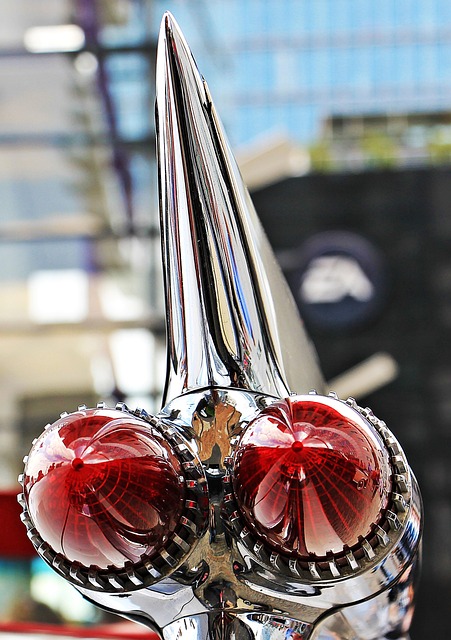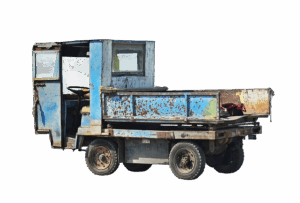Register Car California: Step-by-Step VIN Verification Guide
Looking to register your car in California? This comprehensive guide will walk you through the process, ensuring a smooth transition. First, understand the state’s unique car registration requirements…….

Looking to register your car in California? This comprehensive guide will walk you through the process, ensuring a smooth transition. First, understand the state’s unique car registration requirements for both new and used vehicles. Next, gather essential documents for a crucial step in the process: VIN verification. Learn how to perform this check accurately and complete online or in-person registration. Finally, pay fees and obtain your license plates. Remember, proper vin verification is key to legally registering your vehicle in California.
- Understand California Car Registration Requirements
- Gather Necessary Documents for VIN Verification
- Perform Vehicle Identification Number (VIN) Check
- Complete Online Registration or Visit DMV Office
- Pay Car Registration Fees and Obtain License Plate
Understand California Car Registration Requirements

Before diving into the registration process, it’s crucial to understand California’s car registration requirements. All vehicles operated within the state must be properly registered and have a valid, clear title. This includes cars, trucks, SUVs, motorhomes, and even recreational vehicles. One essential step in the process is VIN (Vehicle Identification Number) verification, which ensures the vehicle’s authenticity and helps prevent fraud.
In California, you’ll typically complete this through a vin inspection conducted by a designated official or, conveniently, a mobile vin verifier. This involves checking the VIN against state records to confirm the vehicle’s make, model, year, and other critical details. Additionally, proof of insurance is mandatory when registering your vehicle, so ensure you have the appropriate coverage before proceeding with the registration process.
Gather Necessary Documents for VIN Verification

Before you begin the registration process, it’s crucial to gather all the essential documents for VIN (Vehicle Identification Number) verification. This step is a critical part of ensuring that your vehicle meets California’s requirements and is safe for road use. You’ll need several key pieces of paperwork, including the title or bill of sale from the seller, your driver’s license, proof of insurance, and registration fees. Additionally, a mobile VIN verifier or mobile vin inspection service can be immensely helpful in this process as they streamline the verification step by providing accurate and immediate results. These services often require minimal effort on your part, allowing you to focus on other aspects of car registration.
Ensure that all documents are up-to-date and valid. If you purchased a vehicle from a dealership, they typically handle the initial VIN verification and provide the necessary documentation. However, if you’re registering a privately owned vehicle or importing one, you’ll need to take extra steps. The California Department of Motor Vehicles (DMV) provides detailed guidelines on what’s required for VIN verification, so it’s beneficial to consult their website before gathering your documents.
Perform Vehicle Identification Number (VIN) Check

Before registering your car in California, performing a Vehicle Identification Number (VIN) check is a crucial step to ensure everything is legitimate and as it should be. This process involves verifying the VIN of your vehicle, which acts as a unique identifier for each car, carrying essential information about its make, model, year, and more. A simple VIN verification can help you detect any discrepancies or potential issues with the vehicle’s history.
You can conduct this check by obtaining the VIN from your vehicle’s registration documents or the frame of the car itself. Then, utilizing online resources or specialized services like mobile VIN inspection and verification, you can cross-reference these details against vast databases to ensure authenticity. This step is particularly beneficial when buying a used car, as it helps protect you from potential fraud or undisclosed damage, making the registration process smoother and safer.
Complete Online Registration or Visit DMV Office

You have two options for registering your car in California: complete the process online or visit a DMV office in person. While both methods involve gathering similar documentation and fees, opting for an online registration can save you time and effort. If you choose this route, you’ll need to start by verifying your vehicle’s unique identifier, known as the Vehicle Identification Number (VIN), through a reliable source like a mobile VIN inspection service or a DMV-approved vin inspection tool. This crucial step ensures that your car is authentic and eligible for registration.
Once your VIN verification is complete, proceed with creating an account on the California DMV website, filling out the online registration form, and submitting all required documents, such as proof of insurance, vehicle ownership, and identification. Alternatively, if visiting a DMV office is more convenient for you, prepare all necessary papers, including your driver’s license or state ID, and bring along any relevant documentation related to your vehicle’s history and ownership.
Pay Car Registration Fees and Obtain License Plate

After completing the registration process and providing necessary documentation, it’s time to pay the car registration fees. These fees vary based on vehicle type, weight, and emission standards. You can typically pay online or at a local DMV office using a credit card, check, or cash. Once your payment is processed, you’ll receive your vehicle’s title and, in most cases, an instant license plate.
If you prefer a more convenient option, consider using a mobile vin verifier for a swift and accurate vin inspection. This service allows you to complete the registration process faster by verifying your vehicle identification number (VIN) on-site or remotely before issuing temporary license plates. The mobile vin verification process is straightforward, ensuring you can get your car registered promptly with minimal hassle.
Registering a car in California involves understanding state requirements, gathering essential documents for VIN verification, performing a vehicle identification number (VIN) check, completing online registration or visiting a DMV office, and paying relevant fees. This process ensures your vehicle complies with local laws and receives the necessary license plate. Remember to keep your documentation up-to-date for seamless future transactions and legal compliance.







